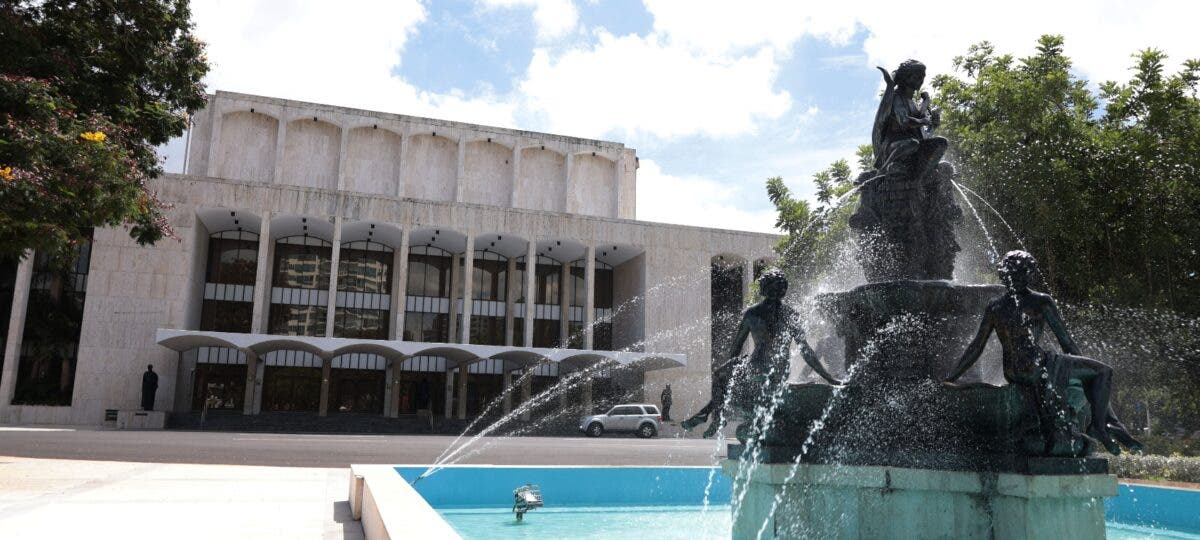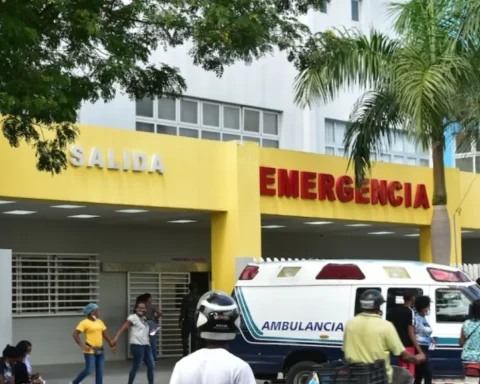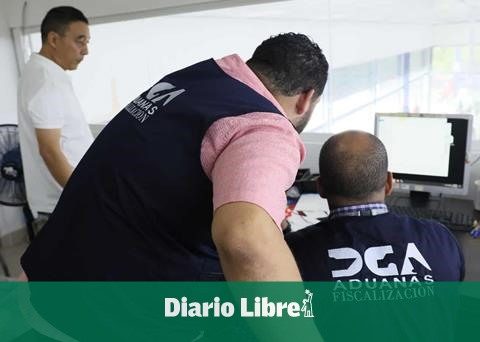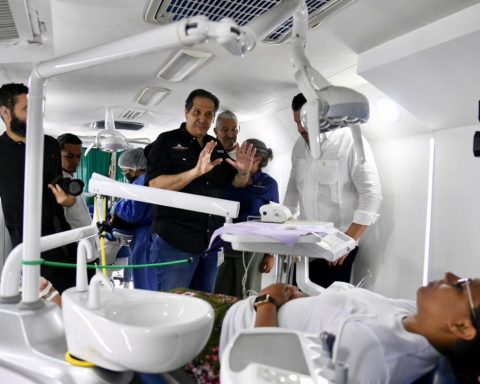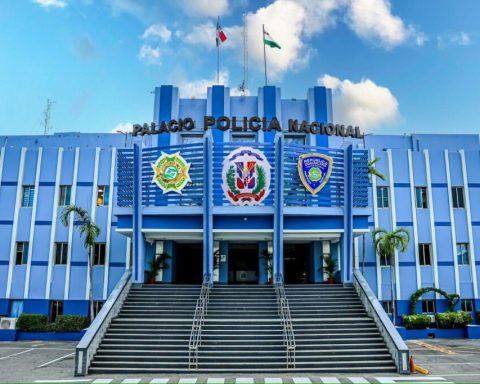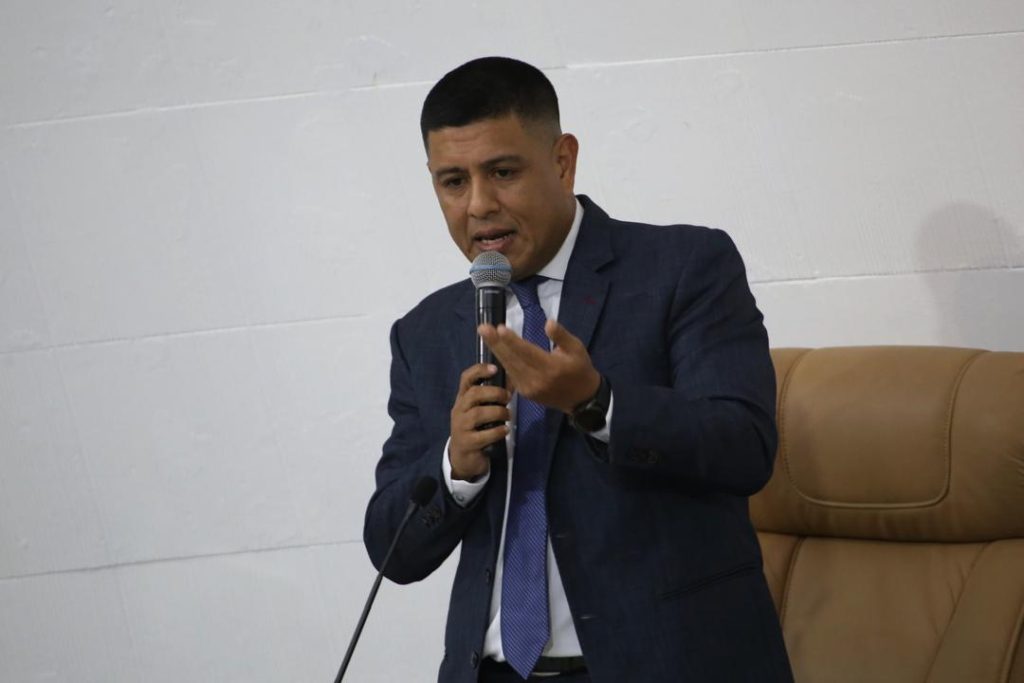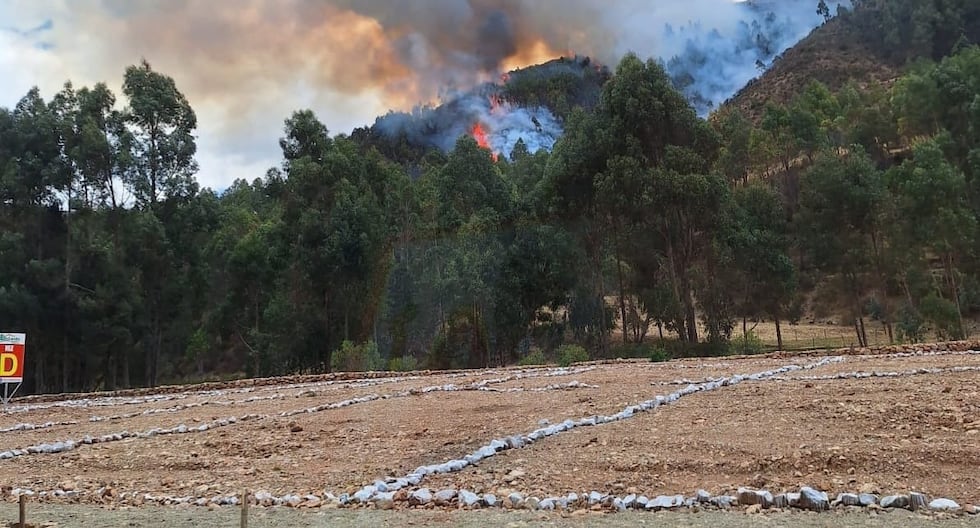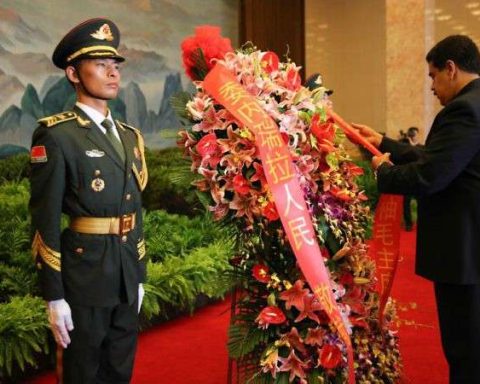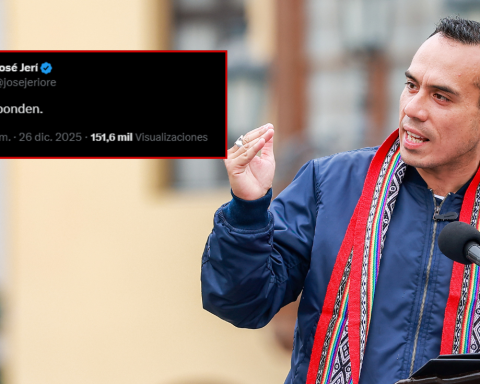Santo Domingo.-The renovated Plaza de la Cultura Juan Pablo Duarte pays tribute to his name and exalts the country’s historical, natural and artistic heritage through the entities that form part of this environment.
Up to 8,000 visitors arrive there every month, not only to gain insight into Dominican culture, but also to enjoy a healthy recreational environment.
This important square is located in the historic Gascue sector, specifically on Máximo Gómez Avenue, a few meters from where the late president Joaquín Balaguer, who was its creator in the 70s, lived.

Pedro Henriquez Ureña National Library, which faces Cesar Nicolas Penson Avenue.
The main entrance of the venue is the Eduardo Brito National Theater, a venue par excellence for artistic, theatrical and other types of performances, with capacity for 1,800 people and where up to ten activities are held per month.
Swearing-in
For the first time in history, this served as the setting for the swearing-in of President Luis Abinader Corona for the second term of government, which was attended by leaders from fifteen countries as special guests.
The square is also the iconic site where the Santo Domingo International Book Fair has been held since 1997, which in its last edition attracted some 300 thousand visitors.
There it has its Directorate together with the General Directorate of Books and Reading.
Library
In addition to the important Museum of the Dominican Man, the Museum of History and Geography, the Natural Museum, and the Gallery of Modern Art of the country, it also has the Pedro Henríquez Ureña National Library.
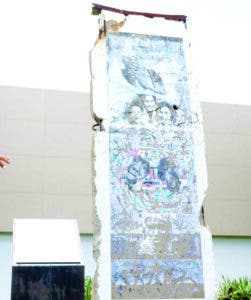

Fragment of the Berlin Wall, donated by the Federal Republic of Germany. Eliezer Tapia.
This, in addition to exceeding 175 thousand books and bibliographic documents, houses the United Nations Educational, Scientific and Cultural Organization (UNESCO), an entity dating back to 1945 with headquarters in Paris, and whose mission is to contribute to peace and security in the world through education, science, culture and communications.
The library is used for studies, conferences, book publishing, workshops, among others. For Yahaira Torres, director and event manager, the Plaza is one of the main axes of art and culture, not only because it houses the museums and the National Theater.
Cinematheque
“Here, likewise, is the Dominican Cinematheque (1976), a dependency of the General Directorate of Cinema, where art is in the air,” said Torres.
He said that it is the place par excellence for lovers of the seventh art and that it concentrates films of Dominican cinema, documentaries and Creole films are shown at least twice a month, and it also receives visits from important figures related to that world, apart from offering talks and workshops to students.
The Cinemateca is now undergoing a wonderful process of refurbishing its rooms for a greater enjoyment of the seventh art. Lovers of this can find here the entire history of Dominican cinema and one of the most complete auditoriums, with an occupancy of 524 people, explained Torres, a social communicator.
“Since I set foot here when Minister Milagros Germán gave me the honor of occupying this position, a year ago, I observed that everyone who comes here either goes to a museum or is inclined towards art,” Torres commented,
He said that since then, they have made efforts to make the square shine, since it was dull for a while due to the Covid-19 pandemic.


Compass Fountain, which pays tribute to this instrument of terrestrial orientation.
Compass Fountain
This recreational space commemorates the compass, an ancient instrument with a magnetized needle to indicate the Earth’s magnetic north, which was invented by the Chinese.
The Dominican flag is flown there. In November, the square will once again be the setting for the 26th Santo Domingo International Book Fair 2024.
What was the place
— Background
This environment was the estate of Mrs. Julia Molina Chevalier, mother of the tyrant Rafael Leónidas Trujillo, where after the end of the dictatorship, the largest historical cultural project in the country began to be developed.
